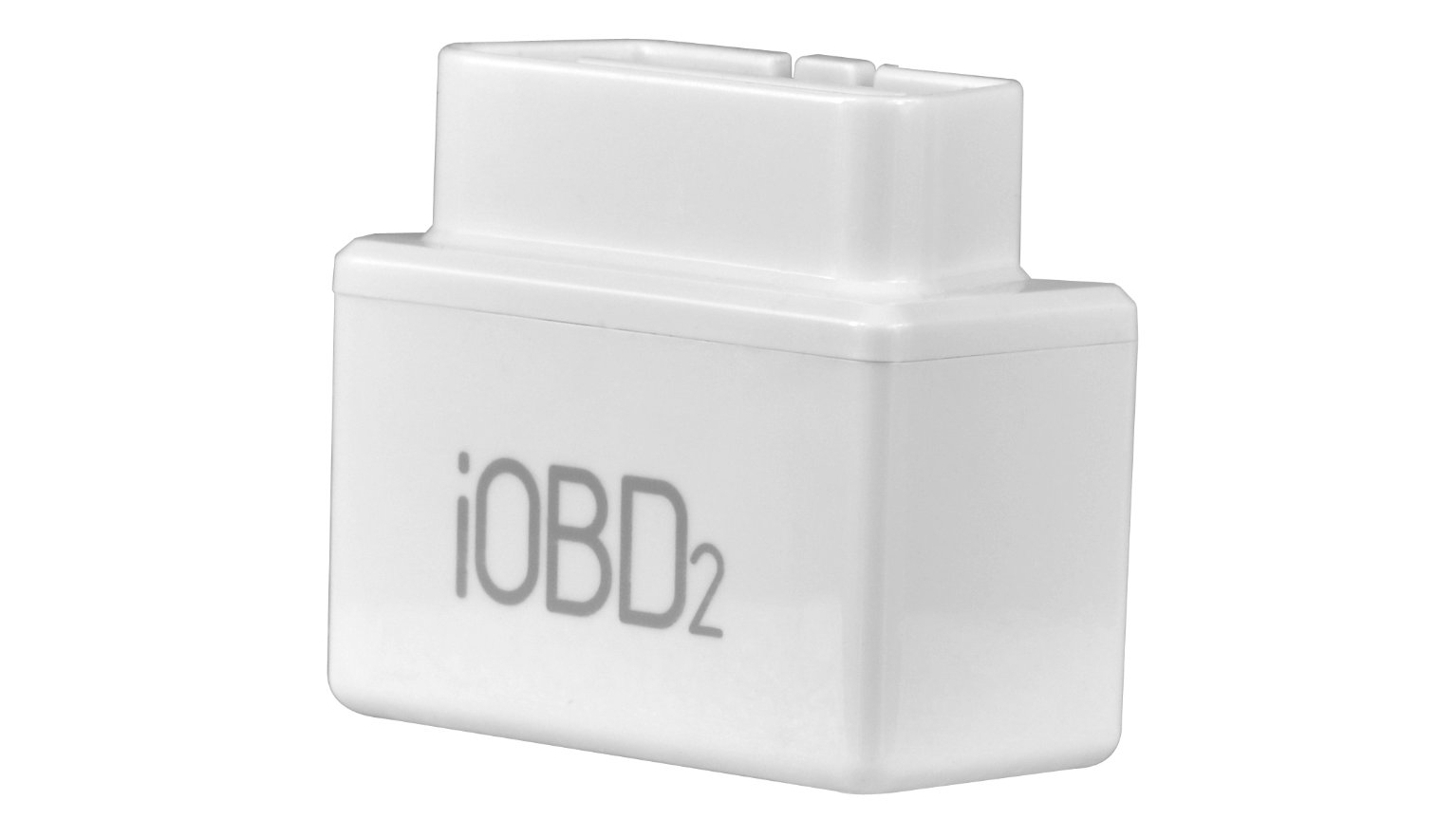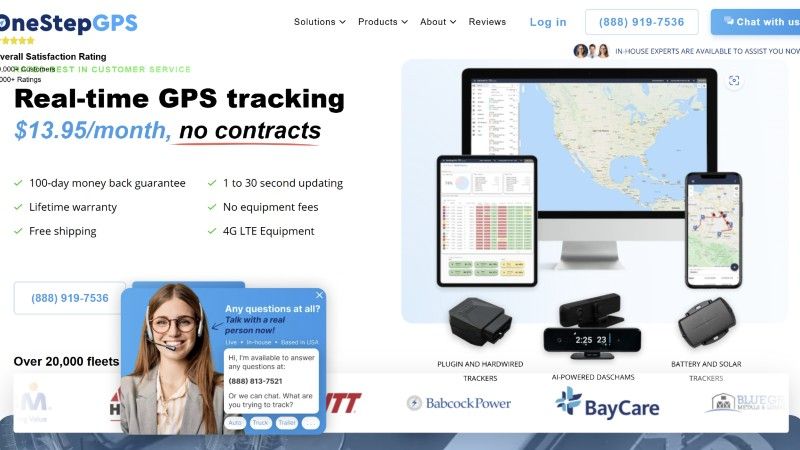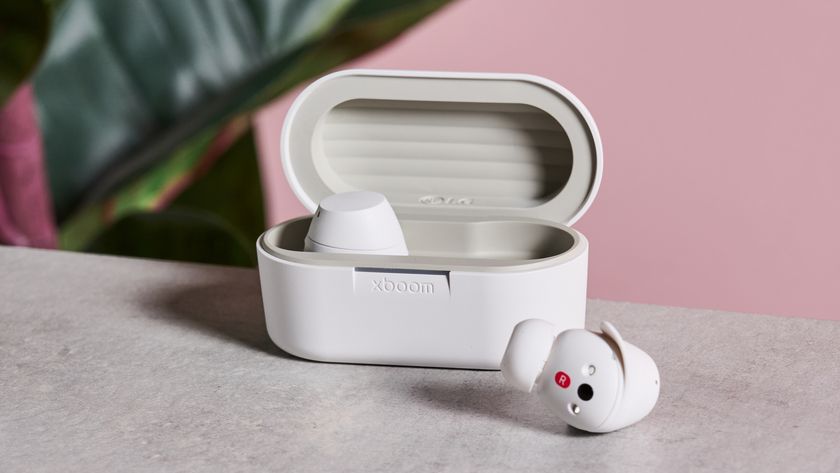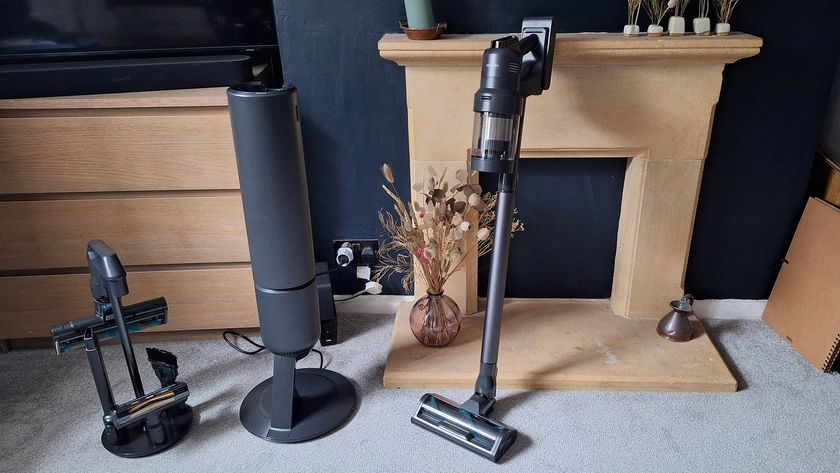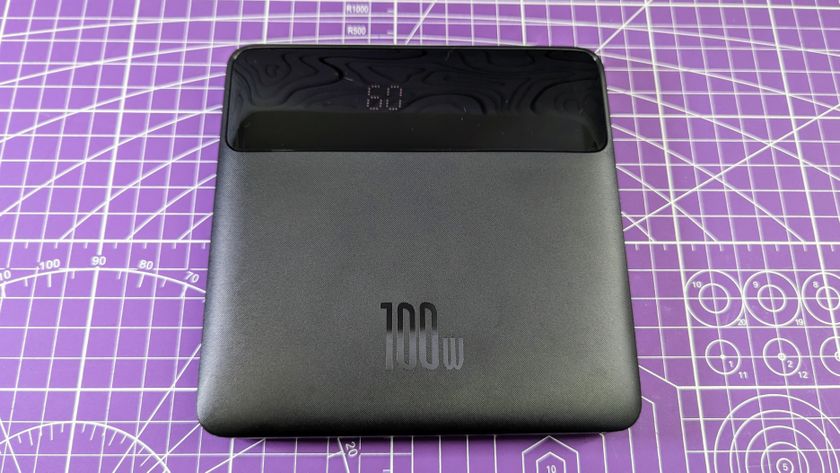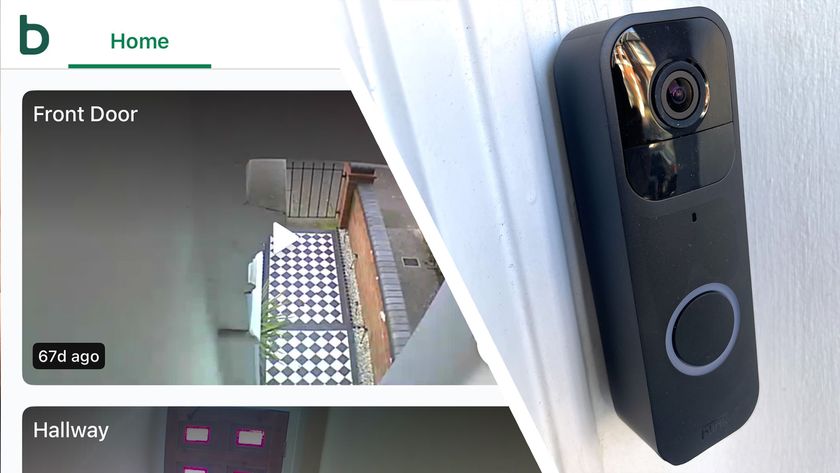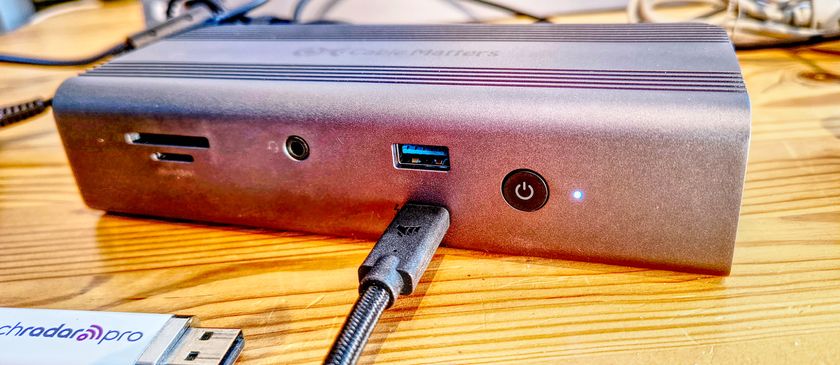Why you can trust TechRadar
The first menu gives you access to the iOBD2's main functionality. Boiled down to the basics, that's current vehicle status, diagnosis / fault reading and car performance.
The vehicle status screens provide what amounts to an alternative car dashboard. You get numbers for road speed, engine revs, fuel consumption and a trip computer.
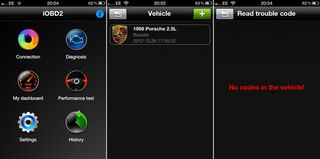
Exactly which functions are and aren't supported will vary according to make and model of car. But here's the interesting thing. iOBD2 can unlock hidden functionality in your car.
For instance, some cars don't have optional displays fitted that show, say, fuel consumption over time or at a given moment. But it's likely the car's ECU is still calculating and storing those numbers. iOBD2 can get you at them.
It's a cheap and easy way to get at such data, then. That said, iOBD2 doesn't stack up as a replacement for you car's main instruments. There's too much lag between, for instance, changes in engine speed and the display updating.
xTool iOBD2 diagnostics
Fault detection and diagnostics is iOBD2's next major feature. In simple terms, that means pulling out any error codes that the engine or the various sensors have logged. This might be anything from a faulty crank sensor giving odd numbers to an exhaust sensor that detected a running problem or a fault on a catalytic converter.
A little knowledge can be a dangerous thing here and anyone who knows anything about OBD error codes will be aware that the faults are often not quite what they seem. However, for more experienced users or as additional information to give your garage or mechanic when you drop the car off, it can still be very useful.
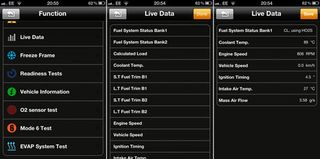
For the more experienced, there's also a wide range of live data that can be monitored. First, pull up the menu. Then select from a long list of options, including coolant temperature, ignition timing and air flow.
You then get a customised list of live values for whatever you've selected. Again, you'll need to be fairly knowledgeable to make full use of this kind of data. But even casual users can make good use of some of the numbers.
A good example here is coolant temperature. Most modern cars have heavily buffered temperature gauges, if indeed they have a coolant gauge at all. Much of the time, that's just fine.
But having a precise handle on coolant temperature can help you spot problems, like the beginnings of a head gasket failure, before they become really serious.
xTool iOBD2 car performance
The final major feature involves car performance. The drill here is pretty straight forward and involves acceleration and braking tests.
For starters, you can do classic 0-60mph or ¼ mile standing start tests. You can also measure the distance taken to brake from a chosen speed. All of the results rely on data from the car's ECU, so the accuracy isn't perfect.
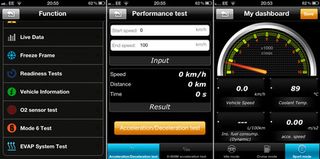
But it will give you a rough idea of what you car is capable of, either just for fun or to help confirm it's running correctly.
Just bear in mind that such testing on public roads may not be legal. If in doubt, the use of some kind of private facility is in order. Several airfields and tracks around the UK can provide this kind of access on a reasonably affordable basis.
Verdict
Exactly what you make of the xTool iOBD2 will depend on a fair few factors, including your car and your knowledge level.
Roughly half of the diagnostic features were nonfunctional on our test car, for instance. This is no fault of the xTool iOBD2, but it is worth bearing in mind. Generally speaking, the older the car, the fewer features will work.
The lag in terms of displaying data through the live feeds is also a little disappointing. It's fine for things like coolant temp. But the second or so of lag makes the rev counter, for instance, pretty pointless.
Likewise, we wouldn't treat the performance testing data as the gospel truth regarding your car's capabilities. But those caveats aside, the xTool iOBD2 works pretty brilliantly. It's easy to set up. The wireless connectivity means it's practical to leave connected at all times. And the app itself is super slick.
Granted, a basic plug-in reader can be had much cheaper. But such devices are neither as fun, nor as powerful.
Technology and cars. Increasingly the twain shall meet. Which is handy, because Jeremy (Twitter) is addicted to both. Long-time tech journalist, former editor of iCar magazine and incumbent car guru for T3 magazine, Jeremy reckons in-car technology is about to go thermonuclear. No, not exploding cars. That would be silly. And dangerous. But rather an explosive period of unprecedented innovation. Enjoy the ride.

I review all the best camera phones, but I think Samsung and Apple should just copy the Fujifilm X100VI already
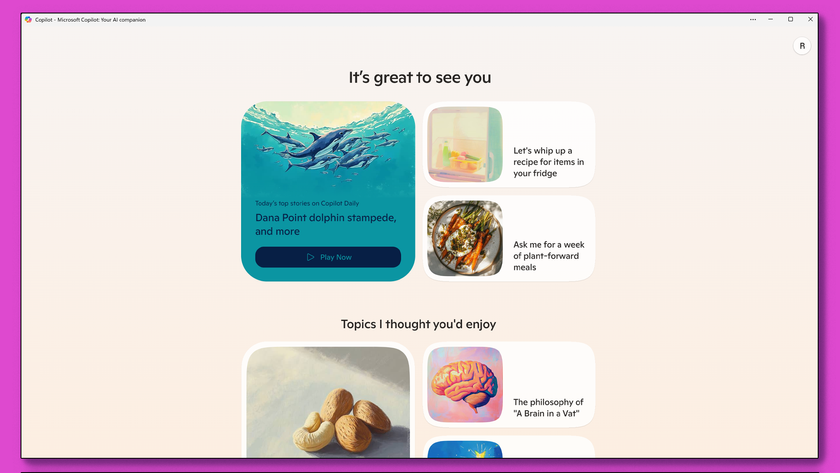
I tried Microsoft Copilot's iOS app, and here are 3 reasons why you should too

SpaceX and Apple reported spat could spell bad news for Starlink and your iPhone’s satellite communication features
